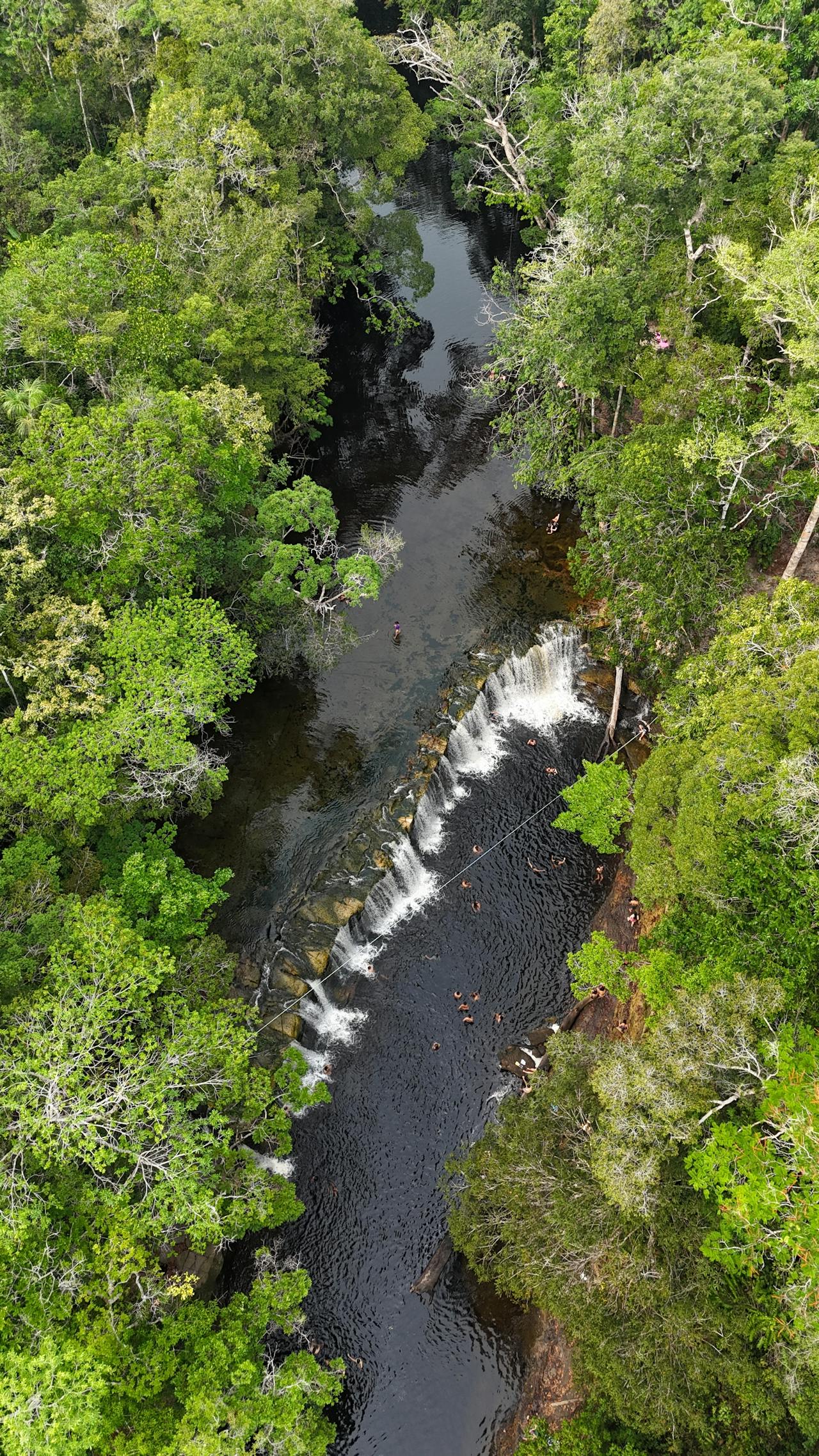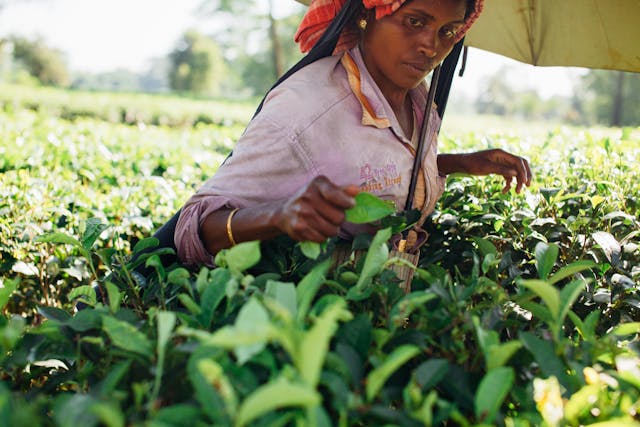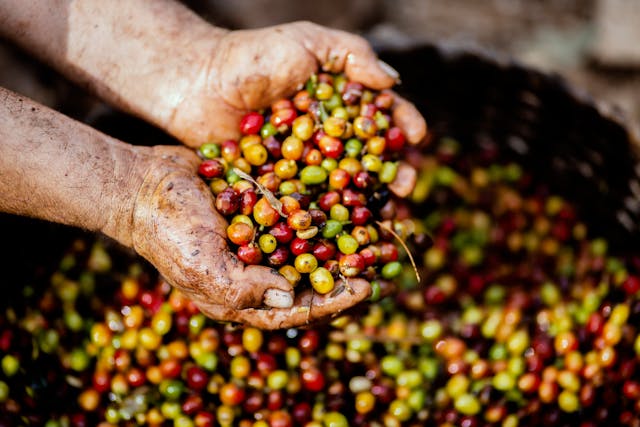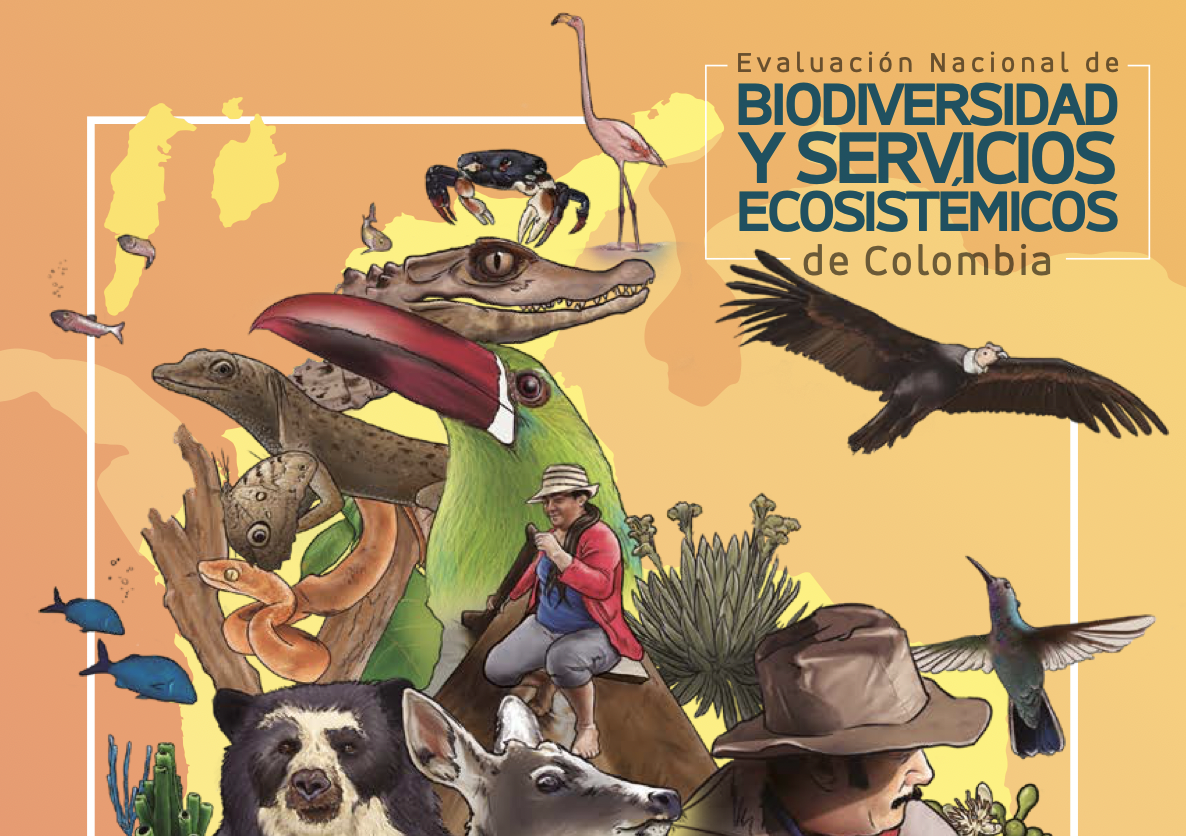Savannas cover large areas of tropical Asia. Yet, these ecosystems are threatened by intense land-use and governmental afforestation initiatives. They are vulnerable to woody encroachment due to fire suppression and climate change. Despite their ancient origins, Asian savannas have been misinterpreted as degraded forests since the colonial period. The consequences of this misinterpretation and climate change on ecosystem functions and the diversity of savannas are highly uncertain. We used a dynamic vegetation model, the aDGVM2 to simulate vegetation state under different climate change scenarios to assess how different interpretations of simulated vegetation influence biome patterns in South Asia. Our results show that large areas in South Asia can be interpreted as woodland or degraded forest if we ignore the grassy component and as savanna if the grassy component is considered. The model projects woody encroachment in open savannas due to CO2-fertilization of woody plants and associated biome transitions towards forest by 2099. Our analysis shows that 23.7%–76.6% of the protected areas in the study region are at risk of change. Misclassifying grassy savannas as areas that are suitable for afforestation would lead to a 35–40% loss of these unique ecosystems. A grass-centric biome classification accounting for the grass component in addition to the woody component is necessary to correctly identify Asian savannas. We conclude that there is an urgent need for a correct interpretation of Asian savannas to allow sustainable management and conservation of biodiversity, which is already strongly threatened due to woody encroachment caused by climate change.
Misinterpretation of Asian Savannas as degraded forest can mislead management and conservation policy under climate change
Year: 2019

































































































































































































































































































































































































































































































































































































































































































































































































































































































































































































































